Topic: Battle Honours
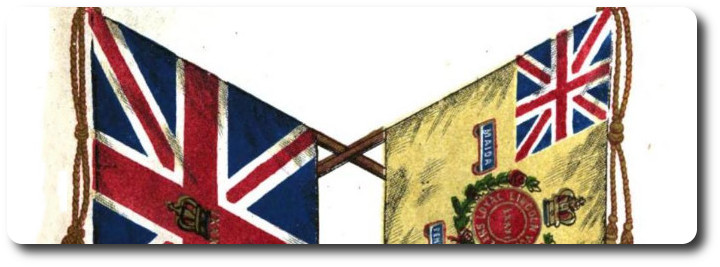
Presenting Colours to H.M. 81st Regiment
Historical Record of the Eighty-first Regiment, or Loyal Lincoln Volunteers; containing an Account of the Formation of the Regiment in 1793, and of its Subsequent Services to 1872, by S. Rogers, Gibraltar, 1872
The Eighty-First Regiment or Lincoln Loyal Volunteers, bears on the Regimental Colour:
The word "MAIDA." in commemoration of its distinguished service at the Battale of Maida, in 1806.
The word "CORUNNA," in testimony of its "steady and gallant conduct" at the Battle of Corunna fought in 1809, where the regiment was one among the few on which "the brunt of the action fell."
The word "PENINSULA," in recognition of its intrepid and meritorious services in the Peninsula from 1808 to 1814.
On the fourteenth of June [1826] a new set of colours was presented to the Eighty-first by His Excellency Sir James Kempt, K.C.B., Lieutenant-Governor of Halifax, and Colonel of the regiment; upon which occasion the following ceremony took place:—
About noon the three Regiments (the Eighty-first, Seventy-fourth, and Rifle Brigade), were drawn up in line, and received His Excellency with a 'general salute'; they then formed three sides of a square, the area of which was occupied by His Excellency and Staff, Admiral Lake, &c.—The General's carriage, containing Mrs. Creagh whom he had been requested to present the Colours for him, was then drawn up in front of the Eighty-first; immediately afterwards the ceremony commenced by prayer, and, an appropriate address having being delivered by the Rev. T. Twining, chaplain to the forces, the Banners were placed in the hands of His Excellency, who immediately stepped up to the carriage and presented them to Mrs. Creagh, with the following words:—
"The Colours of the Eighty-first Regiment will come with peculiar propriety and grace from your hands; and I request you will do me the honour of presenting them."
Ensigns De Rottenburg and Creagh then stepped forward, and Mrs. Creagh delivered to them and to the Regiment, the handsome address which is given beneath:
"In having the flattering honour conferred on me of presenting Colours to a Regiment, in which my tenderest affections, and most friendly regards are centred, it is difficult for me to give expression to all the feelings, which a ceremony so imposing and so deeply interesting to my heart excites. I cannot pray for more than that, while serving under these new banners, you may display the same ardour and invincible bravery which so brightly shone forth under your old Colours at Maida, when the Eighty-first was so gloriously led to victory by its distinguished General. May Maida, Corunna, and the other glory commemorating inscriptions on your Colours, be always present to your minds, and, with the blessing of the Almighty, ever lead and preserve you in the path of honour and virtue."
"Into your hands, my young friend, I present your King's Colour; and into your charge, my beloved son, I give the Colour of your regiment" (at this part of the address Ensigns De Rottenburg and Creagh advanced, and each were presented with a banner). When your Country requires your defence, I, even as a Mother, can say they never should be abandoned, but in death. And may you, while fighting under them, and during your whole military lives, endeavour to pursue the splendid career of your illustrious General; and may you, like him, be distinguished with the well-merited rewards of a grateful Country."
The two Ensigns having retired to resume their usual station in front of the regiment, Lieut.-Colonel Creagh spoke in the following manner:—
"Those Colours, which, by the distinguished favour of His Excellency Sir James Kempt, have just been presented to the Eighty-first in a manner so truly gratifying to my feelings, shall, I can promise, never be sullied by the corps I have the honour and happiness to command. And in the day of battle, I trust, they will ever wave triumphantly as did our old colours, when the path of victory was pointed out to the Eighty-first, by the General under whom we now have the good fortune to be placed."
The Colours were then trooped, after which the various regiments marched past, and moved off to their respective barracks.
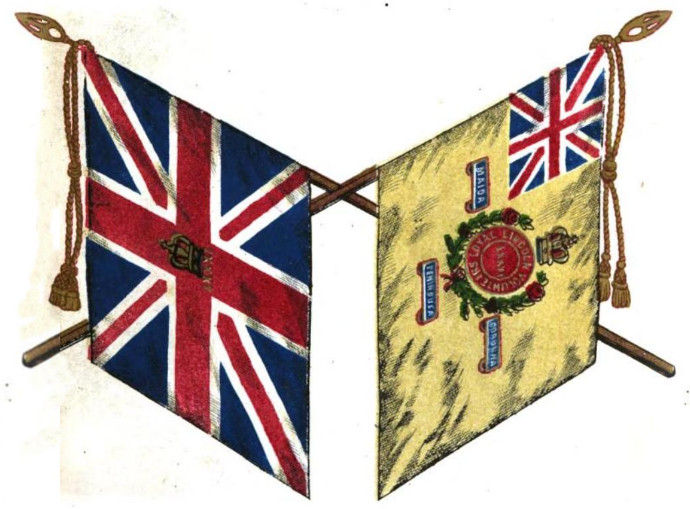


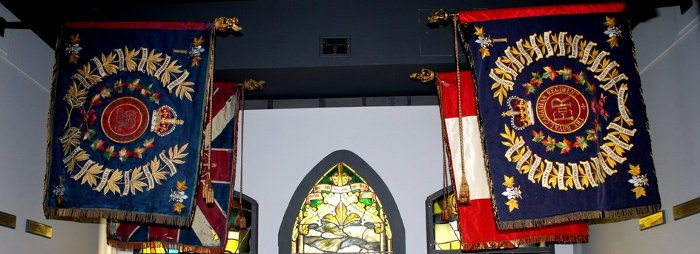

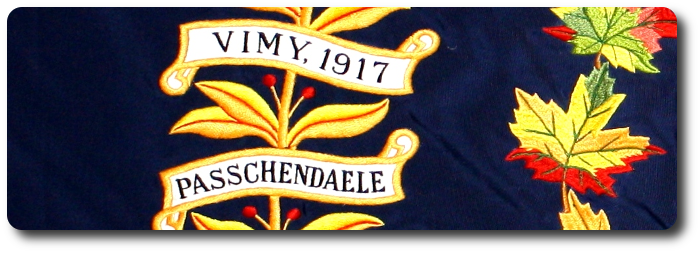
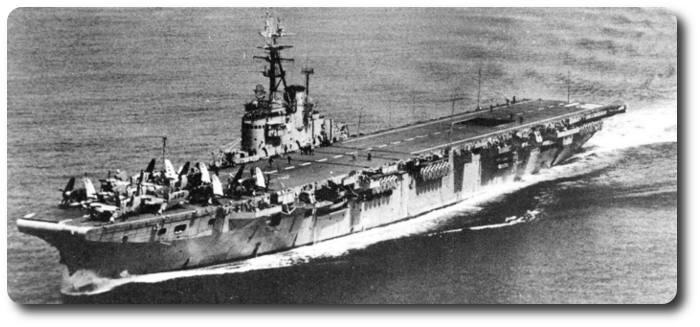

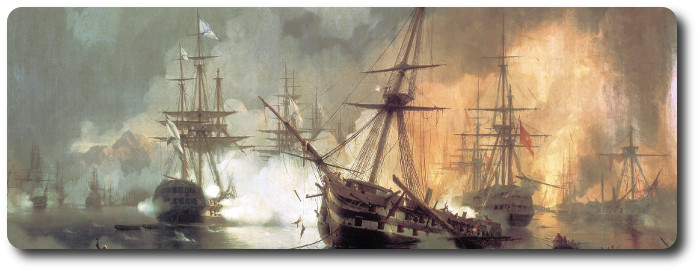

 Issue of Battle Lists
Issue of Battle Lists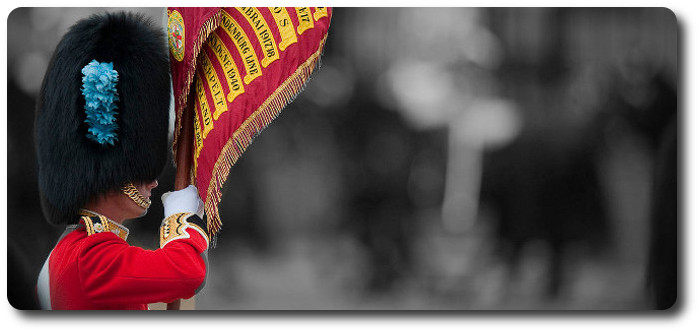
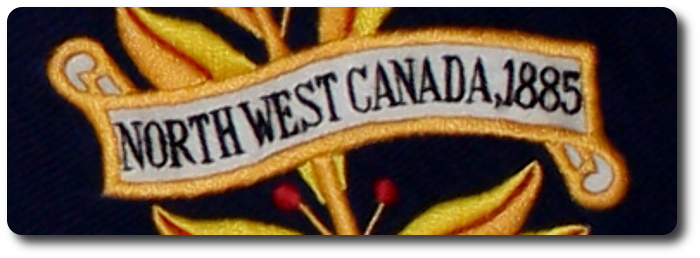

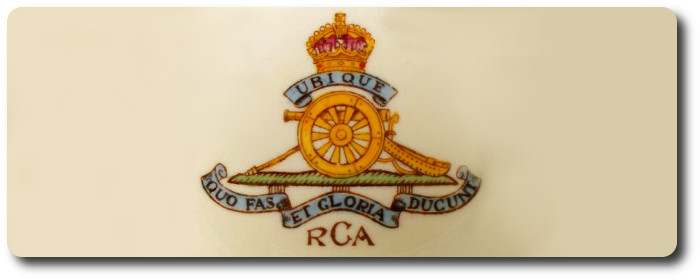
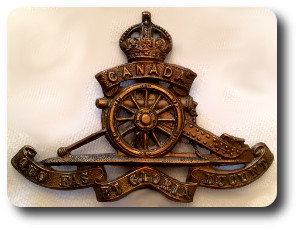 I have the honour to inform you that in considering the historical significance of the cap badge of the
I have the honour to inform you that in considering the historical significance of the cap badge of the 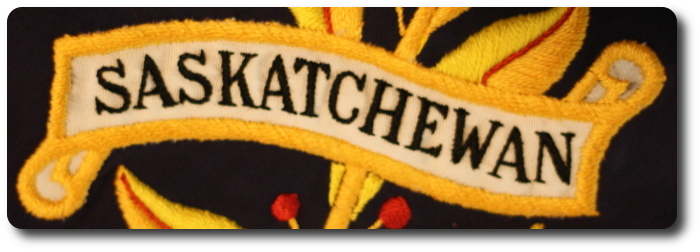
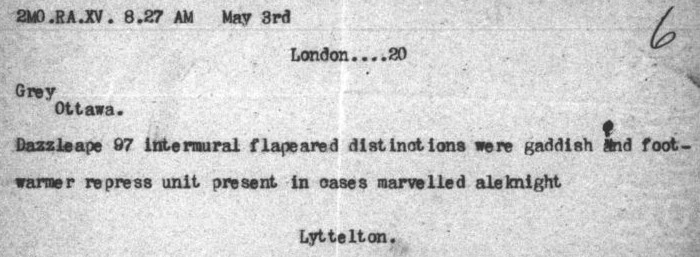
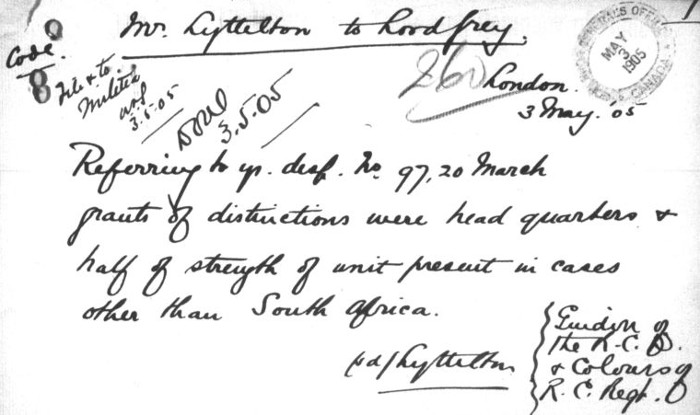

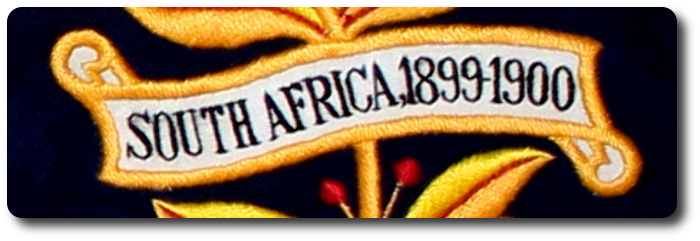
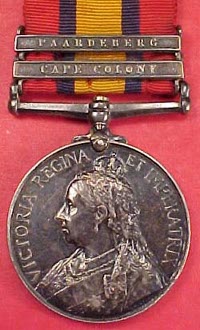 Ottawa, June 12. — Thirty-two years after the
Ottawa, June 12. — Thirty-two years after the 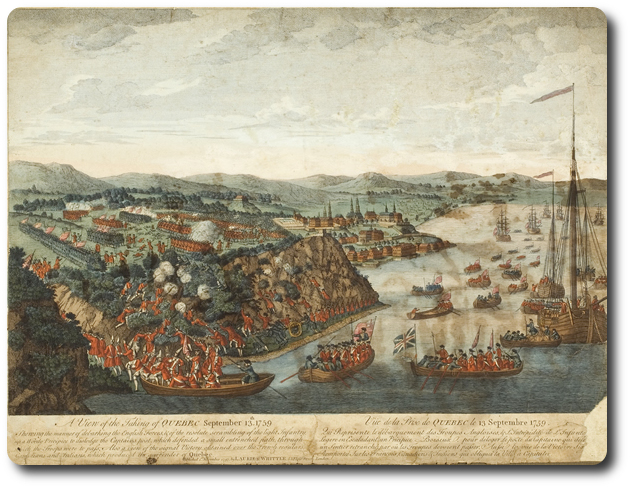
 While I do not know where the Canadian Forces currently stands on the possibility of Battle Honours being awarded for
While I do not know where the Canadian Forces currently stands on the possibility of Battle Honours being awarded for 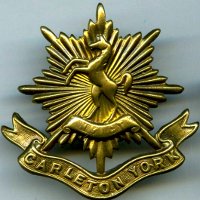 The Carleton and York Regiment
The Carleton and York Regiment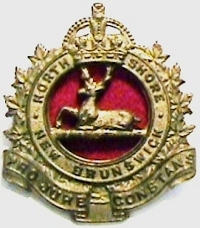 The North Shore Regiment
The North Shore Regiment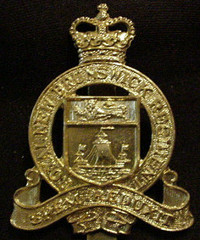 With the pace of administration of Battle Honours lagging behind the speed of reorganization of the Militia, the RNBR would be granted the following Battle Honours in 1957, combining those earned by both the Carleton and York Regiment and the North Shore (N.B.) Regiment:
With the pace of administration of Battle Honours lagging behind the speed of reorganization of the Militia, the RNBR would be granted the following Battle Honours in 1957, combining those earned by both the Carleton and York Regiment and the North Shore (N.B.) Regiment: On
On  CAMBRAI, 1918
CAMBRAI, 1918